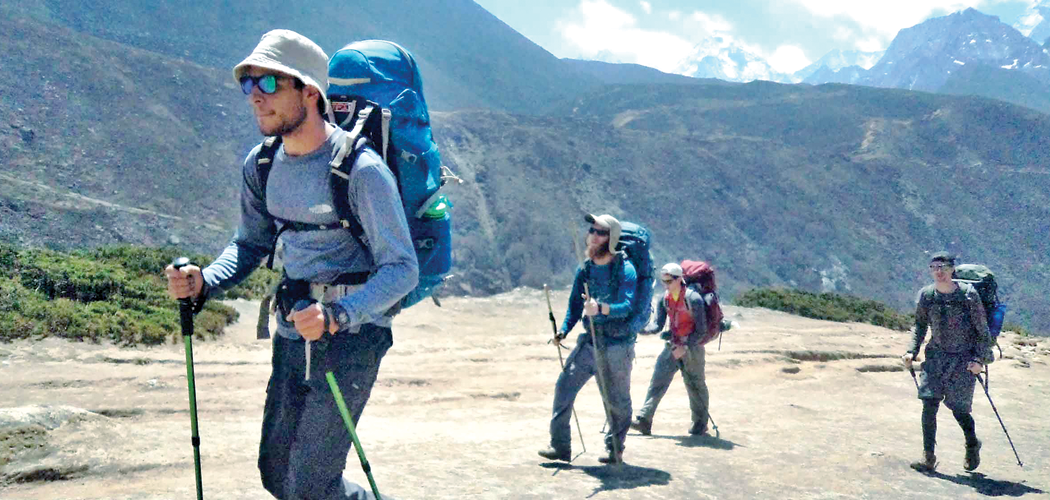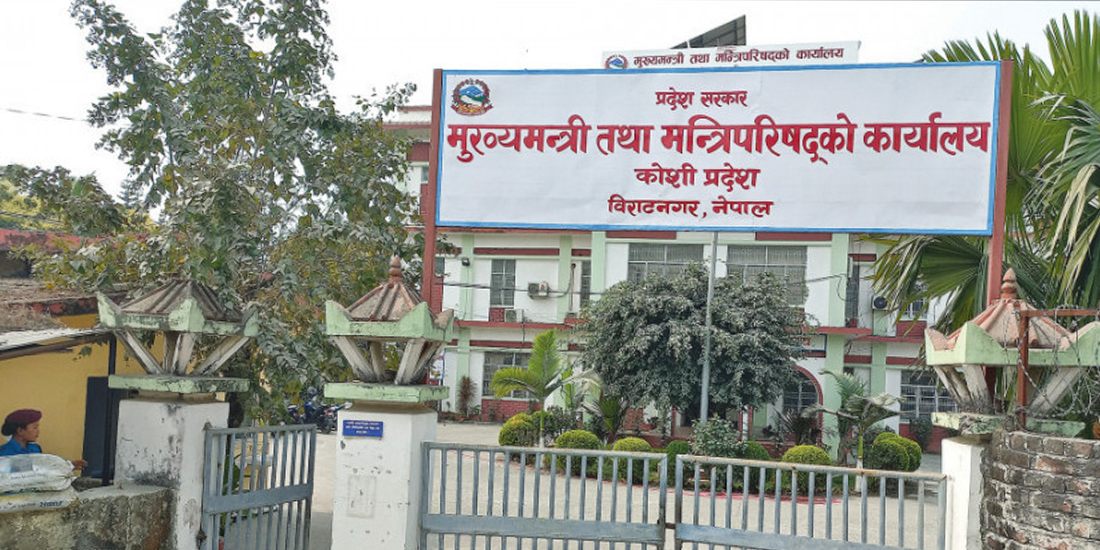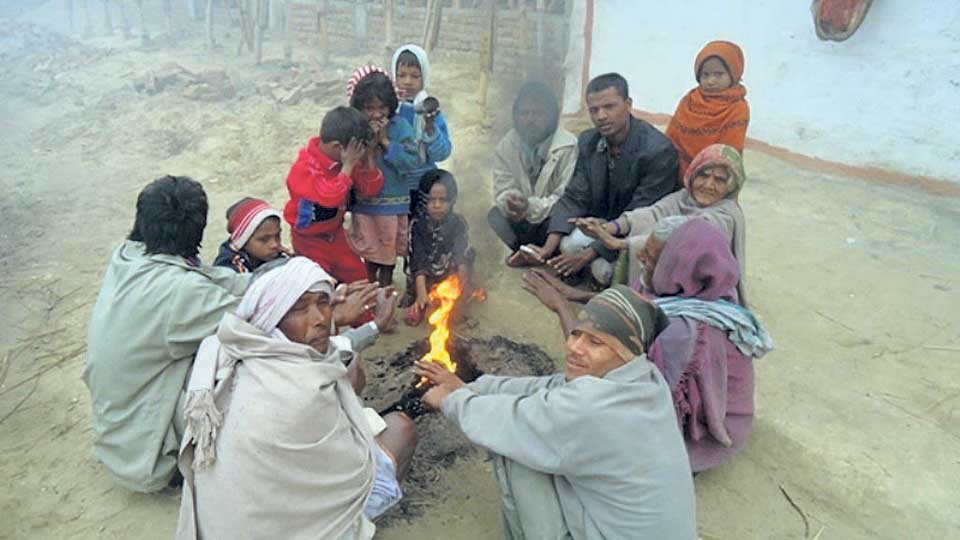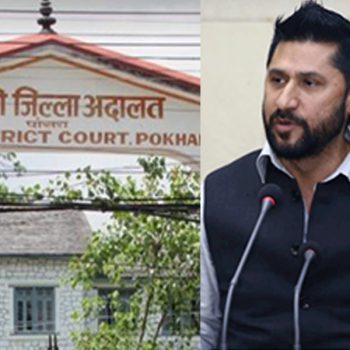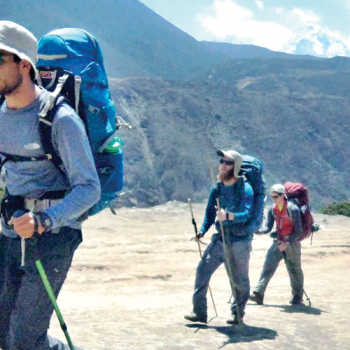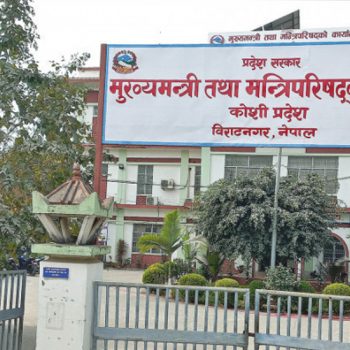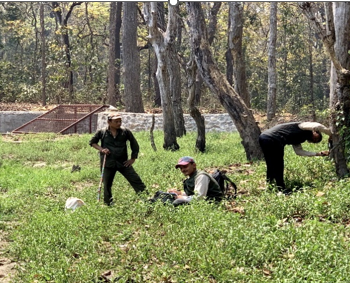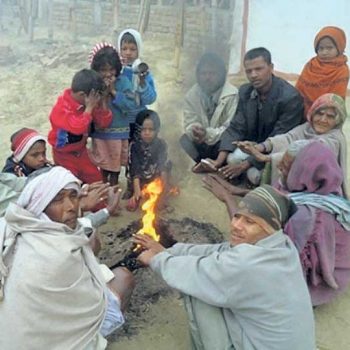Forest guards “Guardians of the green: Safeguarding Tarai’s precious biodiversity”
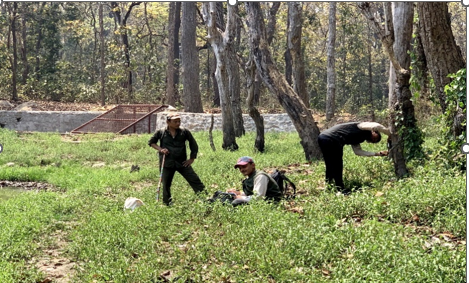
Nepal’s Terai is a biodiversity-rich region, home to lush forests, grasslands, and wetlands. That supports iconic wildlife and also remains a vital treasure for conservation and ecological balance. Terai Arc Landscape (TAL) reflects the Tarai’s biodiversity and ecosystem which is implemented by the Government of Nepal. TAL is a conservation initiative linking forest and protected areas across Nepal and India. It aims to protect biodiversity, restore habitat, and maintain ecological corridors for various species while supporting sustainable livelihoods for local communities. The landscape conservation model was initiated in 2004 and now it is the brand for the transboundary conservation model where lots of successful models have been introduced and successfully operationalized. Community forestry is one of the best and most successful models in Nepal, empowering local communities to manage natural resources sustainably. It is a participatory approach where local communities are entrusted with the management and utilization of forest resources.
The success of Nepal’s community forests is built on strong community involvement, legal support, and sustainable practices. Local communities have taken ownership of these forests, managing them through the active participation and mobilization of forest users. For the protection of the forests, wildlife, and ecosystems, forest guards are mobilizing who serve as the front-line guardians, for the safeguarding of the community forests.
For the purpose of my academic thesis, I chose to research on wetlands of Chitwan and Nawalpur mainly focused on Namuna Buffer zone Community Forest, where I had the privilege of meeting these inspiring “forest guards.” After the introductory session I gave insights on the objectives and expected outcomes of my study, the forest guards were excited and committed to support the research. After completing all the necessary legal and procedural documentation, I began my study, working closely with these dedicated individuals. By working together for a month-long period, I spent time with them in the forest, wetlands, grasslands, carrying out fieldwork, where I had the pleasure of observing the role forest guards play in protecting the environment, which is constantly threatened by human activities and ecological pressures. I also had the opportunity to work with many other forest guards both within and outside the buffer zone of Chitwan, Nawalpur, Parsa and Makwanpur. By working with them closely, I have made some insights on them.
Namuna Buffer Zone Community Forestry, located on the banks of the Narayani River in Nawalpur district, is a rich biodiversity hotspot. It is particularly known for its community-managed grassland, which is the largest grassland in community forests of this region. This forestry lies within the buffer zone of Chitwan National Park, adding to its ecological importance.
Forest guards’ roles and responsibilities
Forest guards are considered rangers who are frontline personnel for protecting and managing community forestry. Forest guards are also responsible for the protection of diverse wildlife habitats that are critical for the survival of numerous species as they work tirelessly to monitor these areas, maintaining a steady presence that discourages illegal activities such as poaching, logging, and encroachment which threaten these ecosystems. Equipped with a deep knowledge of the terrain and a deep understanding of animal behavior, forest guards serve as vital allies for researchers as well. During fieldwork, the expertise of these guards helped me navigate the wetlands, assess a perfect place for camera traps, and understand the broader ecosystem. Their work is multifaceted, involving regular patrols, tracking animal movements, and collecting data to assist in wildlife management.
Their knowledge of animal behavior, migratory routes, and vegetation patterns enhances the work of researchers like myself, creating a bridge between fieldwork and conservation. Through collaboration with forest guards, I gained insights into the migratory patterns of key species and the ecological health of the forest.
Forest guards facing challenges: Besides their resilience and dedication
The work of a forest guard is physically demanding and inherently risky from navigating and enduring extreme weather conditions to dealing with unpredictable encounters with wildlife. Despite these challenges, their commitment to conservation remains strong. Their resilience, coupled with adaptability, allows them to perform their duties efficiently, even with limited resources, these individuals rely on their experience, instincts, and sheer resilience to carry out their duties.
My chance meeting with these guards highlighted their ability to adapt and respond swiftly, from handling poaching incidents to identifying signs of habitat disturbance. One of the significant challenges for forest guards is managing human-wildlife conflicts. As communities in the region depend on forest resources for livelihood, guards often find themselves addressing incidents of crop damage or livestock predation. They act as mediators, educating locals on sustainable practices and highlighting the importance of coexistence, fostering a harmonious relationship between humans and wildlife.
Forest guards’ contribution to research and study
Forest guards play a key role in supporting research by providing insights into the behavior and health of wildlife, and by sharing data on animal sightings, behavior, and migration patterns. Their familiarity with the landscape and its seasonal changes offers researchers an invaluable perspective that aids in conducting accurate studies. I found that forest guards shared observations about species migration patterns, environmental shifts, and habitat dynamics have helped me a lot. They were instrumental in facilitating safe and efficient data collection, guiding me through challenging areas, and sharing their keen observations.
Research and study are essential for understanding the true condition of an area, and the insights gained can shape future recommendations. Experienced professionals like forest guards, although not formally trained as scholars, possess invaluable local knowledge and expertise. In my experience, these individuals are true scholars without a degree in their own right. By collaborating with these on-ground experts in future research, we can uncover the real issues and dynamics of the area. Forest guards, with their deep understanding of the environment, make significant contributions to conservation and research efforts. This partnership between forest guards and researchers enhances the overall impact of conservation work, providing a well-rounded approach to preserving biodiversity.
Building community trust and conservation awareness
Forest guards also play an essential role in fostering community awareness. Many locals depend on forest resources for their livelihoods, so guards often engage with the community to promote sustainable practices and highlight the importance of conservation. Educating villagers about the legal protections for wildlife, sustainable resource use, and the threats posed by illegal activities is crucial, although this is not their role and responsibility. By promoting awareness and encouraging cooperation, guards help build a conservation-minded community that supports and respects the forest and their resources.
These educational initiatives help mitigate human-wildlife conflicts and encourage behavioral change communication among local people. The forest guards’ working together with local communities enhances building community trust for the conservation efforts.
Conclusion
The forest guards of the community forestry stand as the unsung heroes of wildlife conservation, dedicated to preserving the delicate balance of this vital ecosystem. Their contributions go beyond protecting individual species; they are instrumental in safeguarding the biodiversity and ecological integrity of the region. For researchers, forest guards are invaluable allies, offering insights, support, and on-ground expertise that are crucial to advancing our understanding of wildlife and habitat conservation.
Through their dedication, courage, and resilience, forest guards ensure that the wildlife of the Terai continues to thrive. Their work reminds us that successful conservation is built on the shoulders of those who dedicate themselves to protecting the natural world, often against the odds. As researchers, conservationists, and communities, we owe a great deal to these individuals who serve as the guardians of Terai’s invaluable ecosystems.
In heartfelt gratitude, we extend our deepest thanks to the dedicated forest guards of the community forest of Terai Arc Landscape, whose unwavering commitment and courage safeguard one of our planet’s most precious ecosystems. Day and night, they work tirelessly, facing harsh conditions and risking personal safety to protect endangered species, preserve biodiversity, and prevent illegal activities that threaten these vital landscapes. Their resilience and dedication inspire us all, reminding us of the profound responsibility we share in protecting our natural world. To the forest guards, we owe a debt of gratitude that words alone cannot capture. Thank you for your selflessness, your bravery, and your continuing devotion to conserving nature for future generations.
This article is based on working with the forest guards in the community forest of Chitwan, Nawalpur, Parsa and Makwanpur during fieldwork and the research done by myself on the Forest Guards of Nepal.



